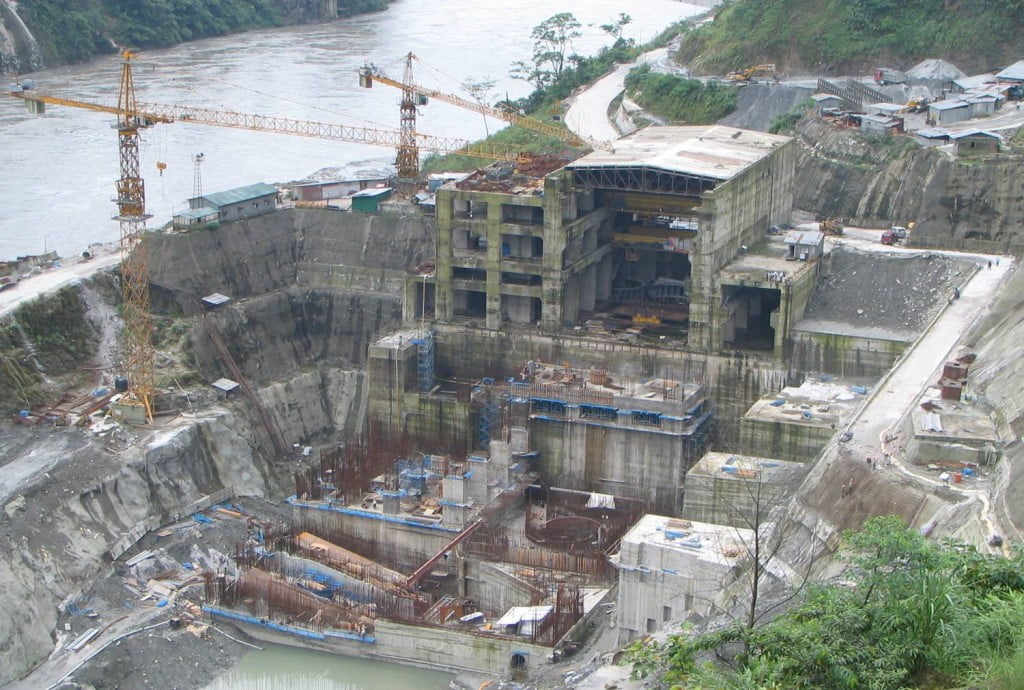Aniruddha Laskar reconnoiters here the efficacies of building dams and stirs associated with its construction
A common phrase expressing frustration or annoyance with someone or hatred, cursing him/her is the dictionary meaning of the headline. I by the way have penned it down to understand as to why many organisations are annoyed or cursingNHPC’s Subansiri Project. Why so many groups and bodies of Assam are opposing its completion and its final commencement. Will a dam really be a bane or a boon for the people of Arunachal Pradesh and Assam? A chain of incongruous views needs to be addressed as soon as possible for both India’s mini-ratna NHPC and the people of Assam to benefit in the long run.
Running along the pages of history, we have witnessed that many civilizations, since time immemorial have flourished near a water source. Assam has a lot of it, but, has faced the wrath of it perennially, every year. Times have indeed changed as in modern world for any communities to remain prosperous, needs some basic amenities, among which, the paramount requirement lies – ‘electricity’. For Assam, which has miles to go in order to catch up with other flourishing states of India, dearth of industrial houses and more so for not being able to generate power, has been a bottleneck for its growth.
Growing in number and more so agitating vociferously for the past three years, the All Assam Students’ Union (AASU), the KrishakMuktiSangramSamiti (KMSS), AsomJatiyatabadi Yuba ChatraParishad (AJYCP), the AsomGanaParishad (AGP) and a number of other organisations are apprehensive over the safety of the mega dam and also the possible adverse downstream impact in areas of Assam. While AASU along with 26 other ethnic groups expressed a solution and not a continued agitation, the KMSS are still adamant on carrying their stir.
How long will these agitations continue is still keeping many stakeholders at bay? Not only are the people of Assam, but also Arunachal Pradesh on tenterhooks for this project to see the light of the day. The project was sanctioned in the year 2002 for a sum of Rs 6285 crores to be commissioned in 2009 with a capacity to generate 7421 million unit annually.Now the cost stands at a whopping Rs 15894 crores if work would have started in July 2014 it could be made operational in 2018.As per approved cost of the project, the first year tariff was Rs 1.86 per unit which is now estimated to be Rs 5.47 per unit on completion.
Upon completion, Arunachal Pradesh will get 274 MW while Assam will get 533 MW which is more than 25 % of the power to be generated. The power shortage of Assam will have become negligible as it would have 1202 MW available as against a demand of 1350 MW in the year 2014, that is,a shortage of just 143 MW (10.6%). Assam’s major concern is the effects of water released for the people residing downstream and also about the dam’s safety as we fall under seismic zone V (most earthquake prone) of the country.
Answers to all these queries began in 2011 when an expert technical committee (Thatte Committee) was constituted by the Planning Commission to examine the various issues of the downstream. Upon its recommendations Dam Design Review Panel(DDRP) was constituted by the end of 2012. NHPC accepted the design innovationsmade by them and the width of the dam has been increased from 171 metres to 271 metres. Apart from it, a budget of Rs 470 crores has also been approved for the benefits of downstream areas.
Streaming along, agitations against the construction of the dam still seems to persist and after a meeting with the agitating groups, an eight member committee has been formed recently. How long it takes for this project to resume its construction is a million dollar question now. Above all, there should be a positive outcome of these meetings or else how‘damning’ it will be for us to wait and hear a laughable usage – “the outcome of the meeting was that the date for the next meeting has been set”.
(The writer can be reached at anilaskar@gmail.com)







